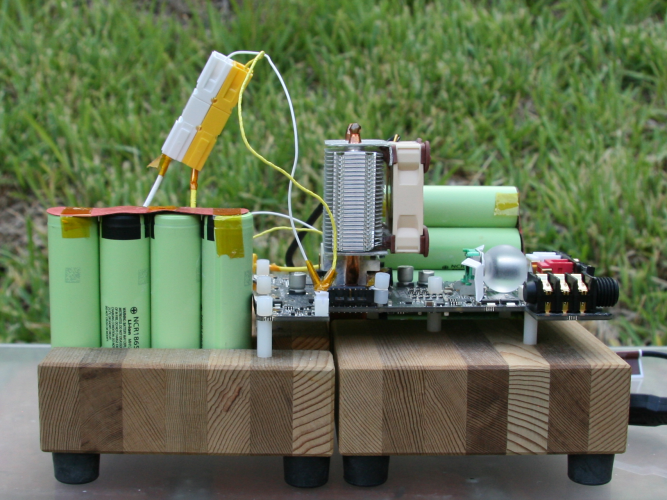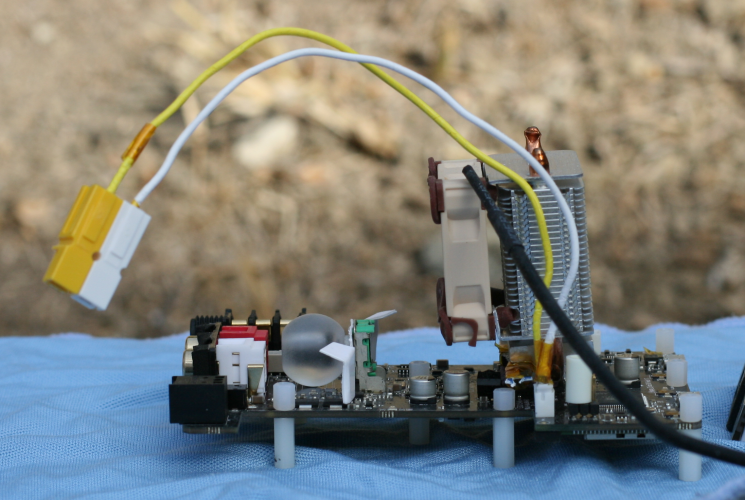Using the optical input of the mscaler is advised by most, that is what you read and hear about. Not only does one prevent electric noise from entering the mscaler, it prevents the use of the USB chip that can have own issues. Therefore Rob says optical is reference and usb can at max match that.
That chart picture is only about the connections between mscaler and DAC.
There, near no one uses optical because optical is limited technology and we want to upscale above that technological limitation.
Mscaler comes to value by full upscaling ie x16. You don't pay for less than its full potential, right?
At x16 even a coax cant handle that, you need double coax connection.
Confusing about that chart is the black horizontal lines RED (BYPASS) it suggests input = output. Lets look at the lowest horizontal lack line. Suppose you upscale in a PC (with HQPLAYER for example) to 705 - 768 and lead that with usb cable into the mscaler. That chart suggests all mscaler outputs copy that, also 1 bcn or even optical. That is impossible.
Practically: you don't buy mscaler to upscale less than "white" ie x16. Would be a waste of money if less. This obliges the use of dual bnc.
For mitigating electrical noise and groundloop stuff (because it's not optical) people use heavily ferrited bnc cables and/or feed the mscaler with a veeery clean battery power.
Many people like myself promote to feed mscaler with bit perfect data meaning no pre upscaling in pc nor dsp nor volume treating... with optical. It can carry 192 files that cover almost everything out there as a source.
So theres little advantage using that chart. It shows what happens when you deviate from mscalers true purpose of use which is in short {white + double bnc} into a Chord DAC.
Mscaler doesn't jive extremely well with other brands dacs, it's not desinged nor supposed for that. Forget the chart























